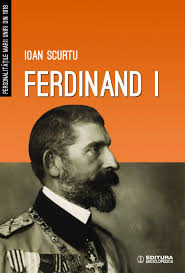
Monografia regelui Ferdinand I
autor prof. univ. dr. Ioan Scurtu
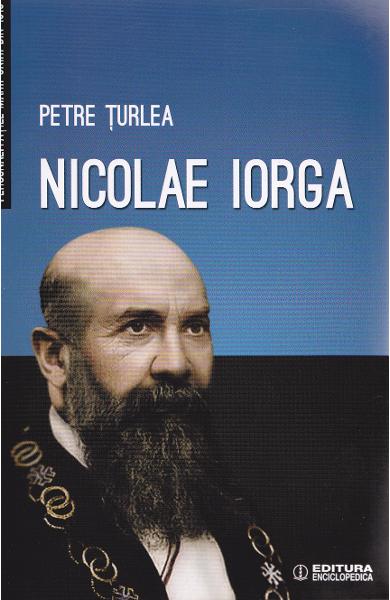
Monografia istoricului Nicolae Iorga
autor prof. univ. dr. Petre Țurlea
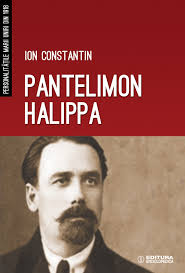
Monografia politicianului basarabean Pantelimon Halippa
autor prof. univ. dr. Ion Constantin
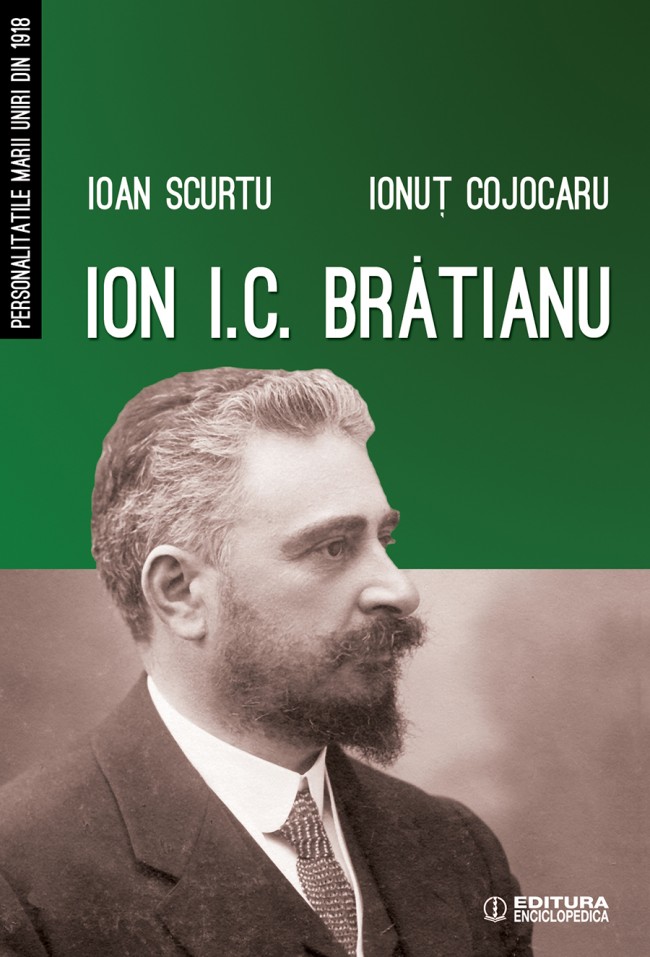
Monografia Politicianului I.C. Bratianu
autori prof. univ. dr. Ioan Scurtu
lector univ. dr. Ionuț Cojocaru
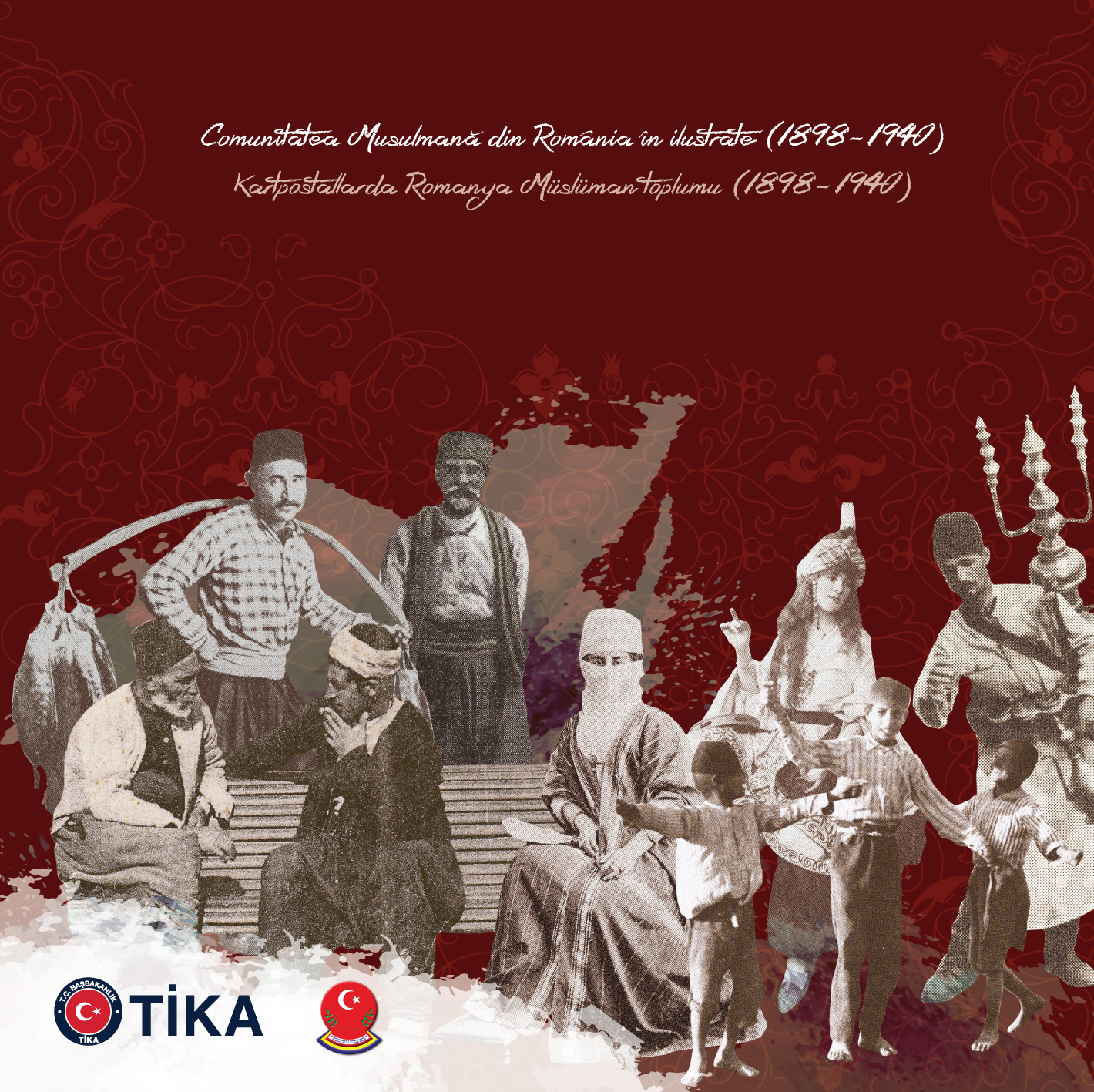
Albumul Comunitatea musulmana din Romania in ilustrate (1898-1940)
Lucrare editată de Gabriel-Octavian Nicolae și Valentin Ciorbea
Prof. Univ. Dr IOAN BOGDAN (Coordonator)
DATORIA , ONOAREA ŞI BUCURIA DE A FI ROMÂN
la
CENTENARUL MARII UNIRII
(în curs de tiparire)
Edituri:
ACADEMIA OAMENILOR DE ŞTIINŢĂ DIN ROMÂNIA
CASA DE PRESĂ ŞI EDITURĂ TRIBUNA SIBIU
2018
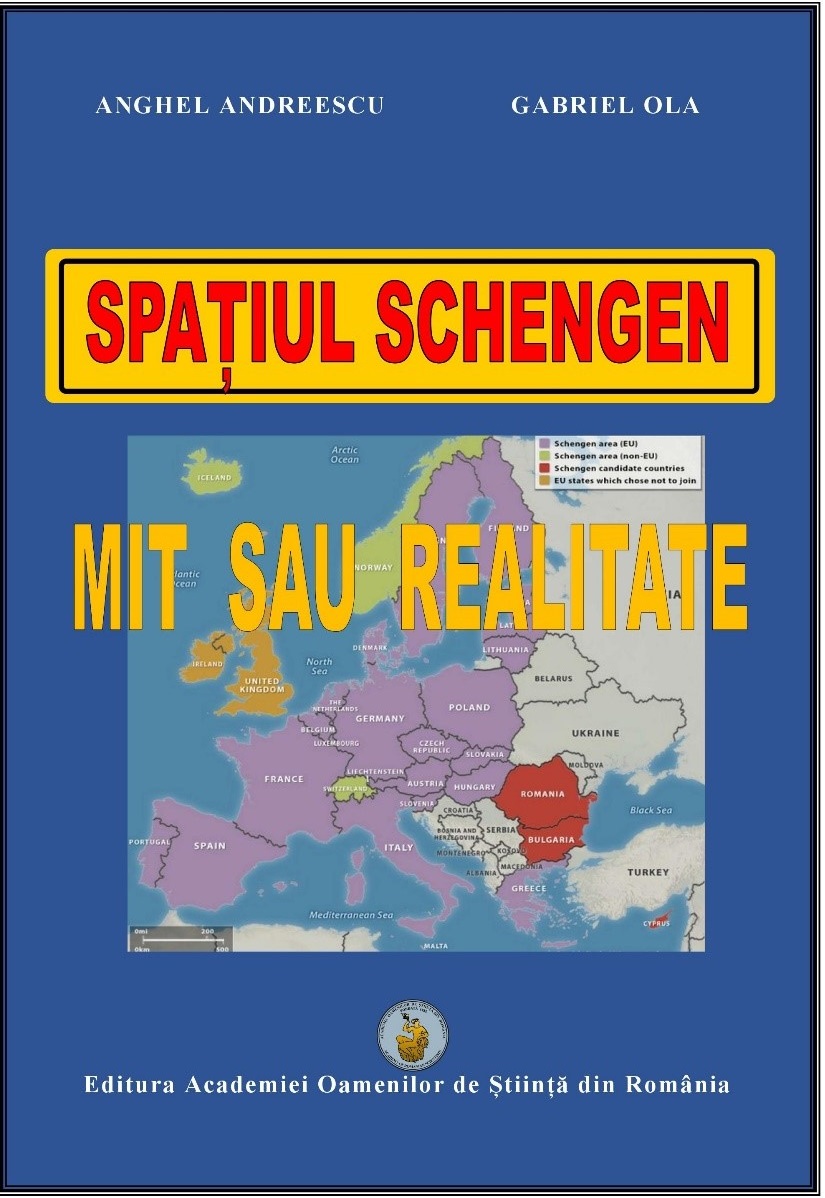
SPAȚIUL SCHENGEN MIT SAU REALITATE
autori Anghel Andreescu și Gabriel Ola
CONTRIBUTIONS TO THE STUDY OF HEAVY METALS POLLUTING FROM THE ENVIRONMENT, BY ATOMIC SPECTROMETRY
Raluca Maria MIHAI (ȘTIRBESCU)
Scientific coordinator: prof. univ. em. dr. Ion V. POPESCU2,3,4
PhD Thesis Summary
Abstract. In this scientific work are presented a part of the results included in the
thesis entitled „Contributions to the study of heavy polluting elements from the
environment by atomic spectrometry” which includes the innovative contributions to
the study of the distribution of heavy metals in acacia leaves collected from
Dâmbovița county and neighboring counties and the distribution of heavy metals
from surface and deep soil collected from the main oil parks in Dâmbovița county.
In the analysis of heavy metal concentrations in the studied samples, the
spectrometric techniques were used: Atomic Absorption Spectrometry (AAS) and
Energy Dispersive X-Ray Fluorescence Spectrometry (EDXRF), which were
successfully optimized and provided valuable information used in following studies,
to assess degree of heavy metal pollution of the environment. These methods were
used in a complementary way with the biomonitoring technique in order to have as
complete information as possible of the elemental composition of the analyzed
samples.


